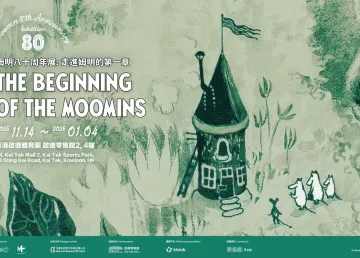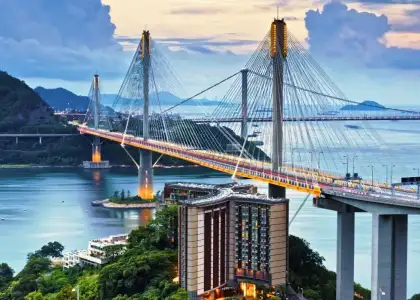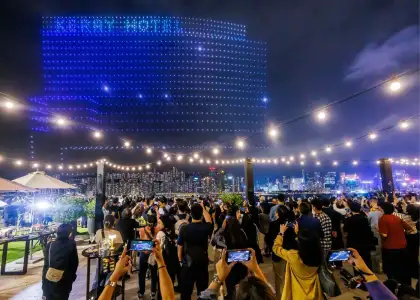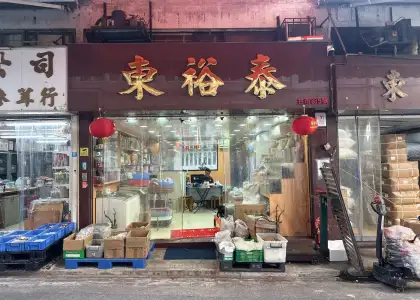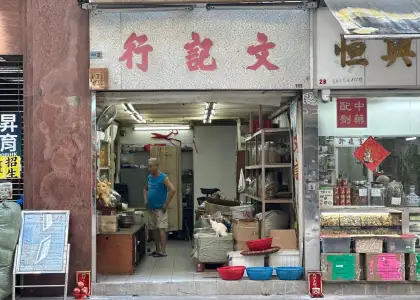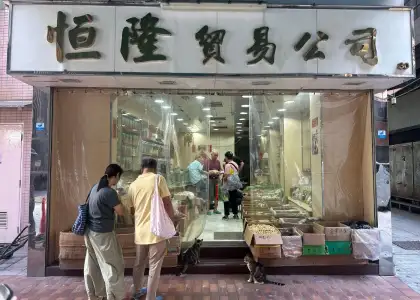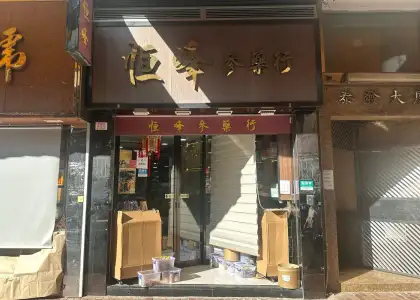Ding Ding Development: The Past, Present & Future of Hong Kong Trams

Thumping along the Hong Kong Island streets at over 118 years old, the Hong Kong tramways stand (or run, rather) as one of the city’s earliest forms of public transportation. While it steadily makes its marks through time, journeying through Hong Kong Island neighbourhoods as cityscapes change along the way today and beyond, these vehicles continue to be an integral part of our homegrown communities and culture.
Hop on, and brush past the turnstiles to take a seat, as we journey into the rich history of our HK Tramways and explore what the future holds for Hong Kong’s most beloved public green carriages.
A Rich History in Transport
The first ‘ding ding’ bell was sounded on Jul. 30 of 1904. First introduced when Hong Kong’s growing population and economic thriving necessitated an effective system of transport for more than just the folks living on The Peak, the tramways were first laid down construction by the British as a single-track tram route.
Back in the day, the first fleet of 26 tramcars were built in the UK and shipped in pieces to the Victorian colony to be assembled, debuting in the form of single-deck, first-generation tramcars that all held different classes. The first class was fancy, with an enclosed center and long benches on both sides. But the front and back were wide open, so passengers could enjoy the breeze while watching the world go by. Third class was open-sided with benches running crossways, back-to-back.
The local community took a little time to adopt the innovative new system. Since people weren't used to the idea of a fixed-path vehicle – they would stand in the way of incoming trams, taking over on the tracks as a clear pathway. Others would hop on and off without paying the fee!
Due to popular demand, the first double-deck tramcar was introduced in 1912 - and it was a beauty. The upper deck was open-top with garden seats, and the first class got to sit up there with a third of the main deck. The rest of the main deck was for the third class. A year after, once passengers realized they would have to be at the mercy of the weather, a canvas roof was added, and the third-generation trams were born.
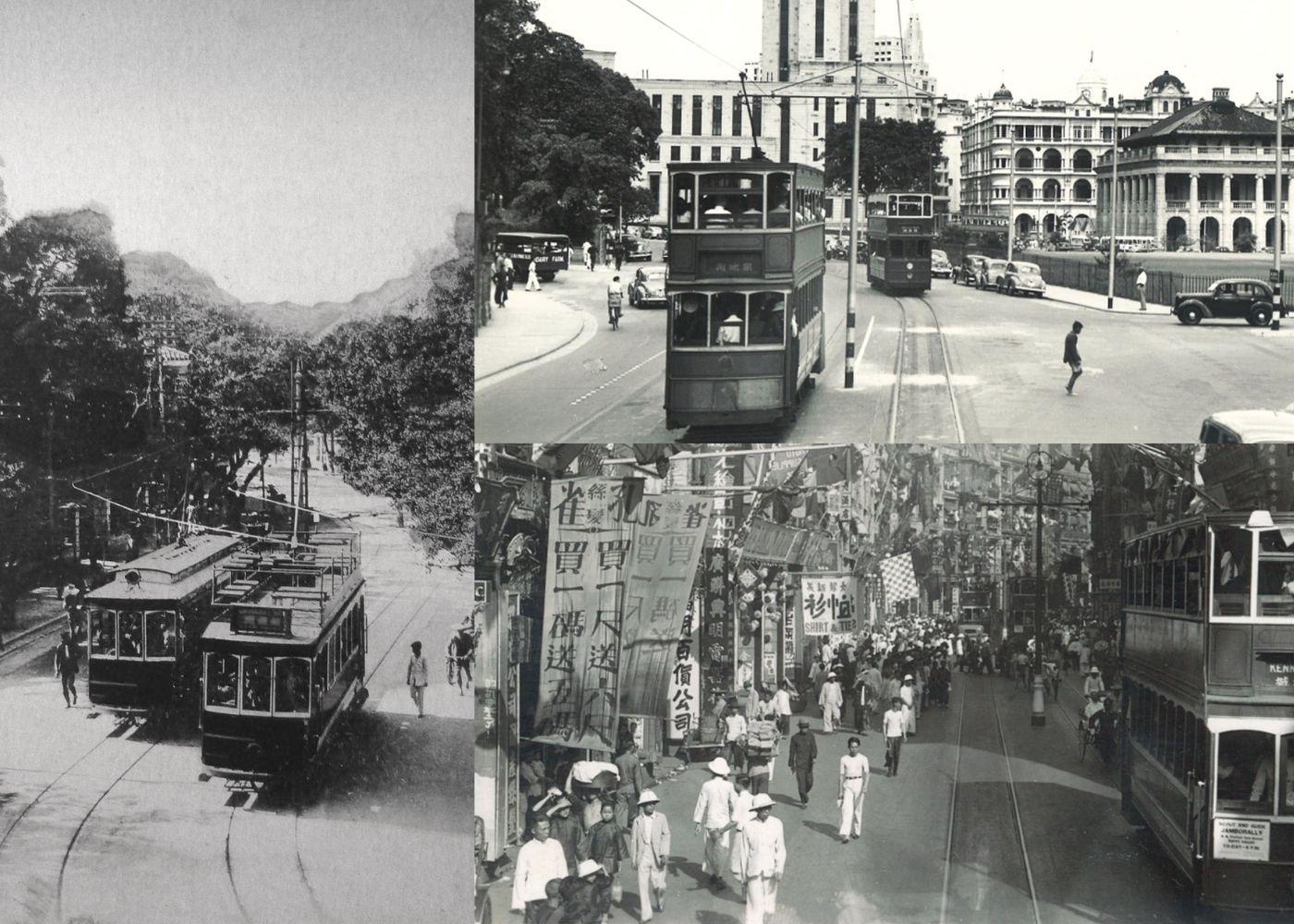
In 1928, Hong Kong Tramways was granted the right to operate bus services between Hong Kong Island and Kowloon side. The buses were eventually sold to the China Motor Bus Company, leaving Hong Kong Tramways to focus solely on their Island-side tramway network. However, their franchise to run the bus operation was lost in 1933 when the government opened the tender to other companies, leaving a cross-harbour tram an alternate reality of the past.
The tramway company had a vision for the Kowloon-side to also be covered by the tramway network, but unfortunately, this idea never came to fruition due to budget constraints and a world war. However, after the war, the single-track system was upgraded to a double-track system in August 1949.
Still, Hong Kong Tramways began a redesign and construction process, and even today, the fifth generation’s 1950s design is still in service at runs. Over the years, the tramcars continued to shift shape and improve in function thanks to renewals in materials and operational improvements, with today’s model representing the seventh generation.
Today’s Tramways
Today, no bucket list of experiences in Hong Kong would be complete without ticking off a delightful ride aboard this icon. Carrying about 200,000 passengers each day, with a Guiness World Record under their belt for being “largest double-decker tram fleet in service,” our trams today have maintained their stronghold over not only our everyday travels, but also over Hong Kong culture.

Unveiling the seventh-generation tramcar back in 2011, HK Tramway marked a fresh start and introduced a glinting new “Made in Hong Kong” modus operandi, placing great emphasis on strong local pride. Contrasting to the first series of tramcars, the depot was filled with only trams built in the city, with bronze plaques on board to hammer in the fact that these vehicles were productions of Hong Kong through and through, down to every last screw.
On top of showing reverence for the hardware in spotlighting the efforts and talent of craftsmen, carpenters, electricians, mechanics, and fleet staff, HK Tramways decided to also celebrate the community embedded within the ‘software’ - namely the devoted tram passengers.

As told by Managing Director of HK Tramways, Paul Tirvaudey, “The success of Tramways today is the result of the tireless work of everyone involved – from the intricate mechanical parts of the tram to the tramcars constructed in the depot, the sweat and determination of our motormen, the precision and skill of our craftsmen, the support of our passengers and community, and the happy memories we make on the tram - all of which have contributed to this amazing accomplishment that we can all be proud of."
A Tramcar to the Future
Honing in on the potential history holds, as a tool to inform the future, HK Tramways have introduced the boundary-pushing tramplus programme. As urban hubs around the world continue to strive towards threading in sustainable transport, accessibility, and mobility in city-wide transport networks, as well as tech-forward design for better city living, the tramplus initiative puts real-life practices into the perspective of these lofty goals.

Encompassing a range of STEM-focused boot camps, hackathons, workshops, webinars, competitions, and other various learning opportunities, the tramplus programme has already partnered with MITHK Innovation Node and HKUST. “We hope tramplus can encourage the younger generation to understand more about trams and stimulate their imagination over smart city development,” says General Manager Nixon Cheung, “The precious Tram STEM learning experience may sow a seed to their future contributions back to the community.”
Balancing the preservation of our one and only double-decker design and a dedication to the public, with a forward-facing view of constant adaptation to new technologies and shifting cultural changes, there’s a bright glint along tracks that lie ahead of our ever-iconic Hong Kong trams.
BuilDING Our Future Grand Challenge
Taking the journey further and bringing in the next generation, tramplus is introducing a one-of-a-kind competition that brings together creativity with STEAM innovation. Students currently enrolled between Form 2 to 4 (Year 9 to 11) of secondary school in the academic year of 2022/23 are all welcome to join this unique challenge, and take the opportunity to steer Hong Kong into a future of sustainable urban development.
In groups of between two to four, students of the challenge are tasked with using cutting-edge tech in the realm of AR, VR, AI, and digital apps to help come up with new solutions for tram operations. Trams have long been the early adopters of smart mobility in Hong Kong through the years, and the history of HK Tramways adds to the experience by offering a level of historical and cultural significance.

Split into two separate English and Chinese divisions, judges will choose proposals based on their creativity, technical sophistication, user-friendliness, and project feasibility. Up to 10 teams will be chosen in each respective division, with the successful applicants then being able to take part in the Grand Challenge Masterclass design workshop to further refine their proposals. Teams will then be delivering their final pitches to a glowing panel of industry experts and prestigious academic leaders at the challenge finale, which is slated to take place at The Forum at M+. Winners will be receiving a trophy and a cash prize of HK$10,000, along with a celebration of their achievement displayed on a tram body for an entire month, bringing prestige to their outstanding technical and creative thinking. Find out more about the competition by clicking here.
Join the HK Tramways BuilDING Our Future Grand Challenge by signing up here! The application deadline is Aug. 18, 2023 with the shortlist being announced on Sept. 1, 2023.
Get the latest curated content with The Beat Asia's newsletters. Sign up now for a weekly dose of the best stories, events, and deals delivered straight to your inbox. Don't miss out! Click here to subscribe.




